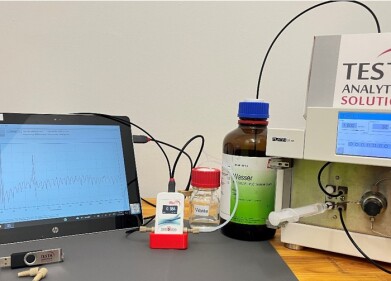Chromatography
Is Leprosy Still Prevalent in the UK?
Nov 12 2016
In medieval times, leprosy was a huge problem. Highly contagious, it had the potential to seriously affect the life on anyone who caught it. The disease died out mostly during the 14th century, but is it still prevalent in the UK? New findings by scientists suggest leprosy is still out there in animals.
An introduction to leprosy
Caused by a bacterial infection, the primary result of leprosy is damage to the nerves. This leads to a number of problems, because the body is unable to work properly. At first, it damages patches of small nerves on the skin’s surface, which will usually cause discoloured skin. However if it continues untreated it can damage larger nerves, resulting in a loss of sensation in hands and feet, as well as muscle paralysis – where muscles simply don’t function.
Without nerves, the skin can become burnt and other such problems can go unnoticed. Even the smallest damage and infection can lead to amputation because they are no longer detectable. Blindness is another issue. Eyes can’t function properly without nerves, partly because of failure in the blinking mechanism.
Scottish squirrels
Nowadays the disease is easily curable. Unless, of course, it goes undetected, as is the case with red squirrels. Research published in Science magazine shows that some populations of red squirrels in Scotland are infected with a form of leprosy. With abnormally shaped ears, snouts and limbs, the squirrels became a bit of an enigma for the scientists.
Taking samples from the squirrels, the scientists found that the squirrels were infected with mycobacterium lepromatosis, the bacteria which causes one type of leprosy. It was later discovered, however, that squirrels based in other parts of Britain had similar disfigurements. When a group of researchers did similar tests on these squirrels, they found a different bacteria type – mycobacterium laprae – and therefore a different form of leprosy in these Dorset-based squirrels.
The effect on endangerment
Despite the infection, scientists have made clear their doubt that the disease is contributing to the growing endangerment on red squirrels. One real threat to squirrels, and wildlife more broadly, is pesticide poisoning. Birds, in particular, are at threat, with a number of species on the brink of extinction. However, scientists are looking at ways of dealing with this issue and consequently helping different species survive in our fragile ecosystem, as discussed in ‘A Case of Pesticide Poising: The Use of a Broad-Scope Tof Screening Approach in Wildlife Protection’.
Digital Edition
Lab Asia 31.6 Dec 2024
December 2024
Chromatography Articles - Sustainable chromatography: Embracing software for greener methods Mass Spectrometry & Spectroscopy Articles - Solving industry challenges for phosphorus containi...
View all digital editions
Events
Jan 22 2025 Tokyo, Japan
Jan 22 2025 Birmingham, UK
Jan 25 2025 San Diego, CA, USA
Jan 27 2025 Dubai, UAE
Jan 29 2025 Tokyo, Japan



















